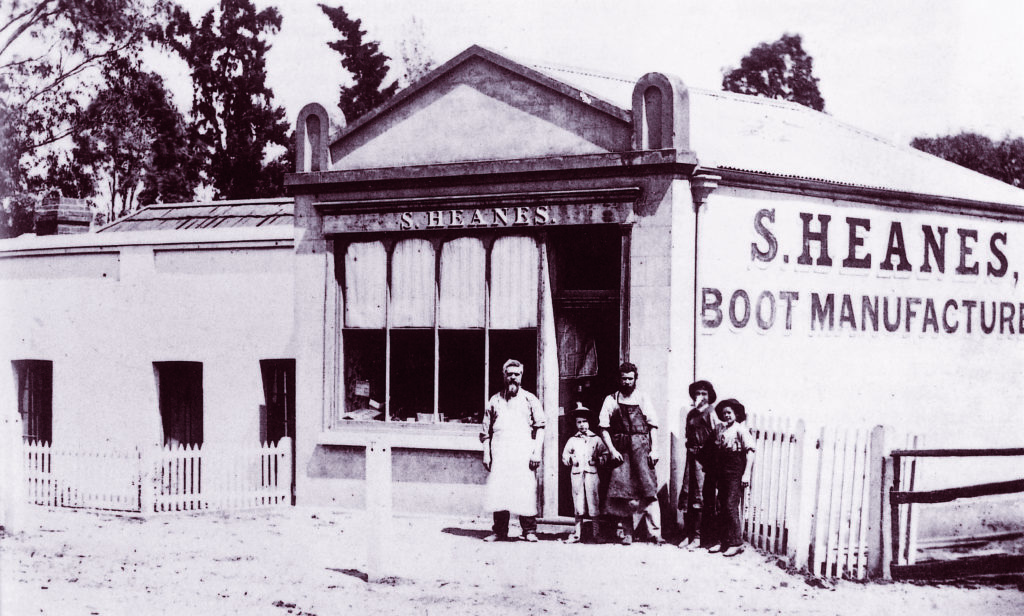
Kensington is quite small but has a large number of buildings and other items included on the South Australian Heritage Register. This is not surprising given that settlement of Kensington dates back to 1838, only two years after formal European settlement of the colony. For details on our State Heritage items, please see this page: Our State Heritage Items.
The Register is established under Section 13(1) of the Heritage Places Act 1993.
Criteria for State Heritage Listing
Under the Heritage Places Act, places are determined to be worthy of listing if they satisfy one or more of the following criteria found in Section 16 of the Act:
- It demonstrates important aspects of the evolution or pattern of the State’s history.
- It has rare, uncommon or endangered qualities that are of cultural significance.
- It may yield information that will contribute to an understanding of the State’s history, including its natural history.
- It is an outstanding representative of a particular class of places of cultural significance.
- It demonstrates a high degree of creative, aesthetic or technical accomplishment or is an outstanding representative of particular construction techniques or design characteristics.
- It has strong cultural or spiritual associations for the community or a group within it.
- It has a special association with the life or work of a person or organisation or an event of historical importance.
What does State Heritage Listing mean?
Any place entered in the Register remains the property of the owner. The public does not gain any right of access to the place.
Heritage properties can be altered or developed, but it is necessary to obtain planning approval from the relevant planning authority (usually Council) before doing so. (Approval is required for most development whether a property is on the Register or not).
For a State Heritage Place, the definition of “development” includes: demolition; removal; conversion; alteration or painting of; or addition to the place; or any other work that could materially affect the heritage significance of the place.
Before making a decision on a development proposal concerning a State Heritage Place the planning authority must refer the matter to the Heritage Minister for advice, which will be provided by the Heritage Branch. Adjacent development which may affect the setting of a State Heritage Place will also be referred to the Minister.
Any alterations should be sympathetic to the character of the original place, and ensure that the heritage features of the property are protected.
Demolition of a State Heritage Place will not normally be approved.
Demolition or other unapproved development, damaging or reducing the heritage value of a State Heritage Place or ignoring a Stop Order are serious offences. Penalties apply under both the Development Act 1993 and Heritage Places Act 1993.
Help for Owners of State Heritage Listed Places
Conservation architects from Heritage Branch, Department for Environment & Heritage offer free advice to owners of State Heritage Places on maintenance and repair work.
The Heritage Branch also produces publications containing practical conservation advice on issues such as painting, rising damp, cleaning stone masonry and devising a maintenance check list. Visit the Heritage Branch website: http://www.environment.sa.gov.au/heritage/index.html
Owners of State Heritage Places can apply for grants (up to $20,000/property) from the South Australian Heritage Fund for assistance to conserve those aspects of a place which contribute to its heritage significance but not for new development.
Norwood, Payneham & St Peters’ Council also offers free architectural and design advice from its heritage architect for owners of State Heritage Places regarding the appropriate maintenance, restoration of, or additions to their properties.
